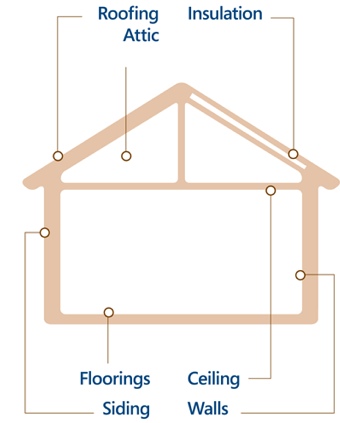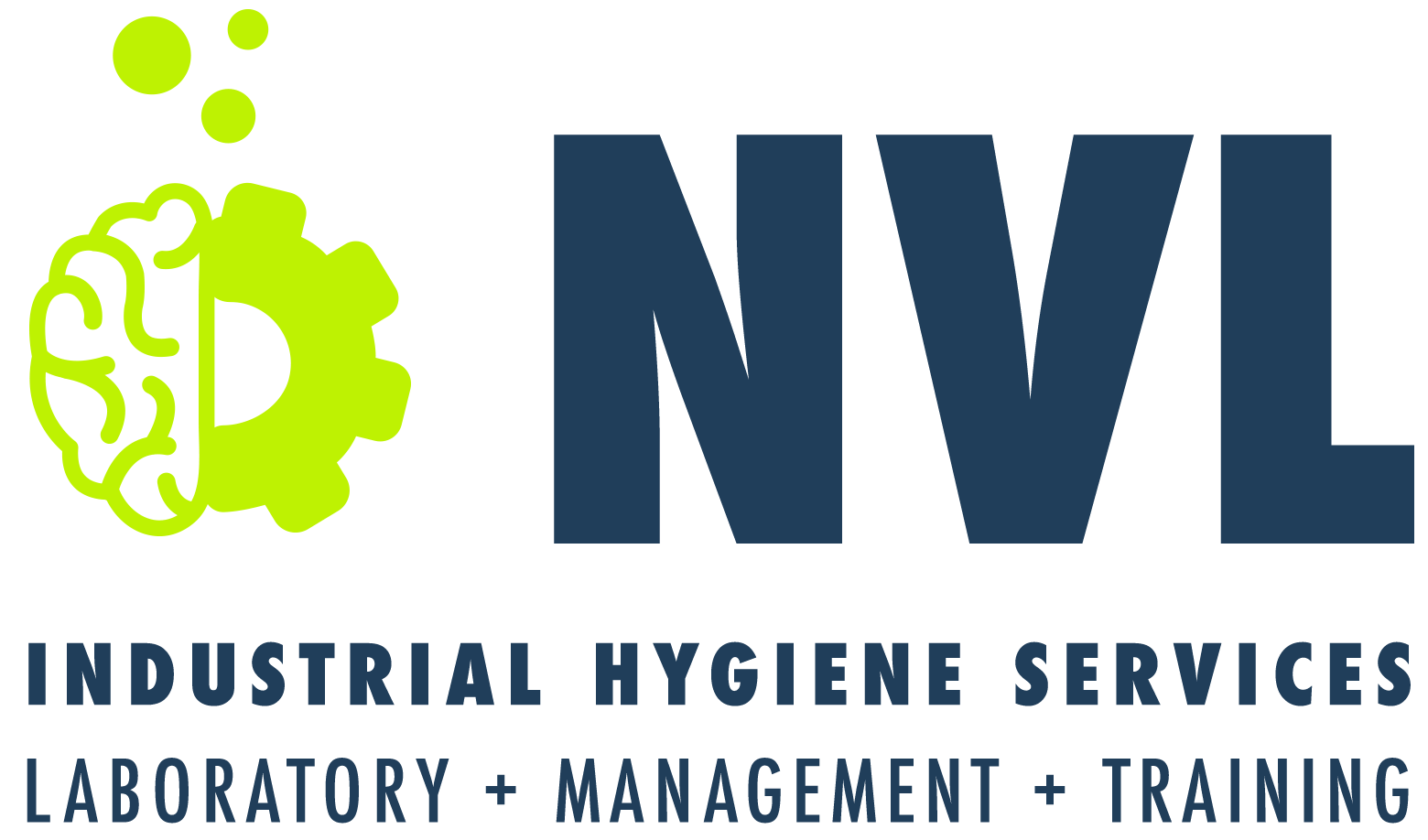Asbestos is a mineral fiber that was included in many older building products for strength, insulation and fire resistance. In good condition, these products are not a hazard. They become a hazard only if they are disturbed. They release Asbestos fiber which remain in the lungs for years if inhaled, and as a result may cause various lung diseases.
Even though Asbestos containing materials cannot be manufactured in the United States by law, the materials imported from abroad may contain Asbestos. Therefore, there are fair chances of finding Asbestos in the newly constructed buildings as well.
- Spray-on ceiling textures (e.g. popcorn ceiling) and fireproofing
- Insulation on steam pipes, boilers and furnace ducts
- Resilient flooring (vinyl tile/sheet products)
- Cement Shake siding and roofing shingles
- Patching and joint compounds
Take asbestos-containing waste (friable/non-friable) to an Asbestos Disposal Waste Facility authorized to receive the waste.
For more information go to: http://www.pscleanair.org/regulated/asbestos/disposal.aspx
- Asbestos Inspections
- Pre-Purchase Inspections
- Asbestos Sampling
- Contamination Evaluation
- Air (Exposure) Monitoring
POPCORN CEILING
- Thoroughly wet the area where you plan to take the sample to reduce potential fiber release.
- Scrape off about a teaspoon of material into a sample container, such as a zip-lock bag or a plastic vial (US postage regulations require that Asbestos testing sample containers must be at least 14″ high. Send your sample in a box, or in a bubble wrap envelope).
- Label each bag or container with location and type of material you sampled (kitchen sheet vinyl) and the date.
- When finished sampling remove your gloves and wash your hands thoroughly.
VINYL FLOORING
- Thoroughly wet the area where you plan to take the sample to reduce potential fiber release.
- Use a sharp tool to cut through all layers of the material. Cut about 1 square inch and place the sample in a zip-lock bag.
- Use separate bags for each individual sample.
- Label each bag or container with location and type of material you sampled (kitchen sheet vinyl) and the date.
- When finished sampling remove your gloves and wash your hands thoroughly.
HEATING SYSTEM INSULATION
- Thoroughly wet the area where you plan to take the sample to reduce potential fiber release.
- Use a sharp tool to cut through all layers of the material. Cut about 1 square inch and place the sample in a zip-lock bag.
- Use separate bags for each individual sample.
- Label each bag or container with location and type of material you sampled (kitchen sheet vinyl) and the date.
- When finished sampling remove your gloves and wash your hands thoroughly.
ROOFING, SIDING OR OTHER FLAT MATERIALS
- Thoroughly wet the area where you plan to take the sample to reduce potential fiber release.
- Use a sharp tool to cut through all layers of the material. Cut about 1 square inch and place the sample in a zip-lock bag.
- Use separate bags for each individual sample.
- Label each bag or container with location and type of material you sampled (kitchen sheet vinyl) and the date.
- When finished sampling remove your gloves and wash your hands thoroughly.


